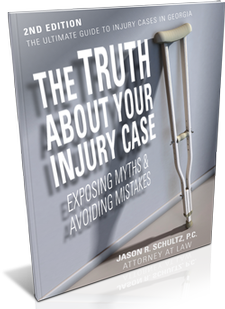 According to National Highway Traffic Safety Administration statistics for 2021, nationally there were approximately 1 million car accidents involving deer, roughly 10,000 people suffered injury, and 200 lost their lives. No state is immune. Keep the following in mind to minimize bad deer-vehicle encounters:
According to National Highway Traffic Safety Administration statistics for 2021, nationally there were approximately 1 million car accidents involving deer, roughly 10,000 people suffered injury, and 200 lost their lives. No state is immune. Keep the following in mind to minimize bad deer-vehicle encounters:
- Deer travel in groups. When you see one, there’s a good chance others are nearby.
- Don’t expect deer standing in the road to move. It takes time for their eyes to adjust from near-total darkness to the blinding light of headlights, so they freeze — like a “deer caught in the headlights.”
- “Deer Crossing” signs are posted at areas with a past history of deer-car incidents. Slow down, heighten your awareness, and utilize your high beams whenever possible, which will illuminate twice the distance of your low beams.
- Deer are most active at dusk (nightfall to 9 p.m.) and dawn.
- Frequently, when a deer suddenly bolts onto the road and into your path, it’s safer to just hit it rather than swerve to avoid it. Swerving could place you in the path of oncoming traffic (with possibly devastating results … for which you will be at fault) or cause you to lose control and plow into something off the road more hazardous than a deer (e.g., a tree).
- Prioritize vehicle maintenance. Properly maintained headlights, brakes, and windshield wipers will help you avoid deer-vehicle dustups.


